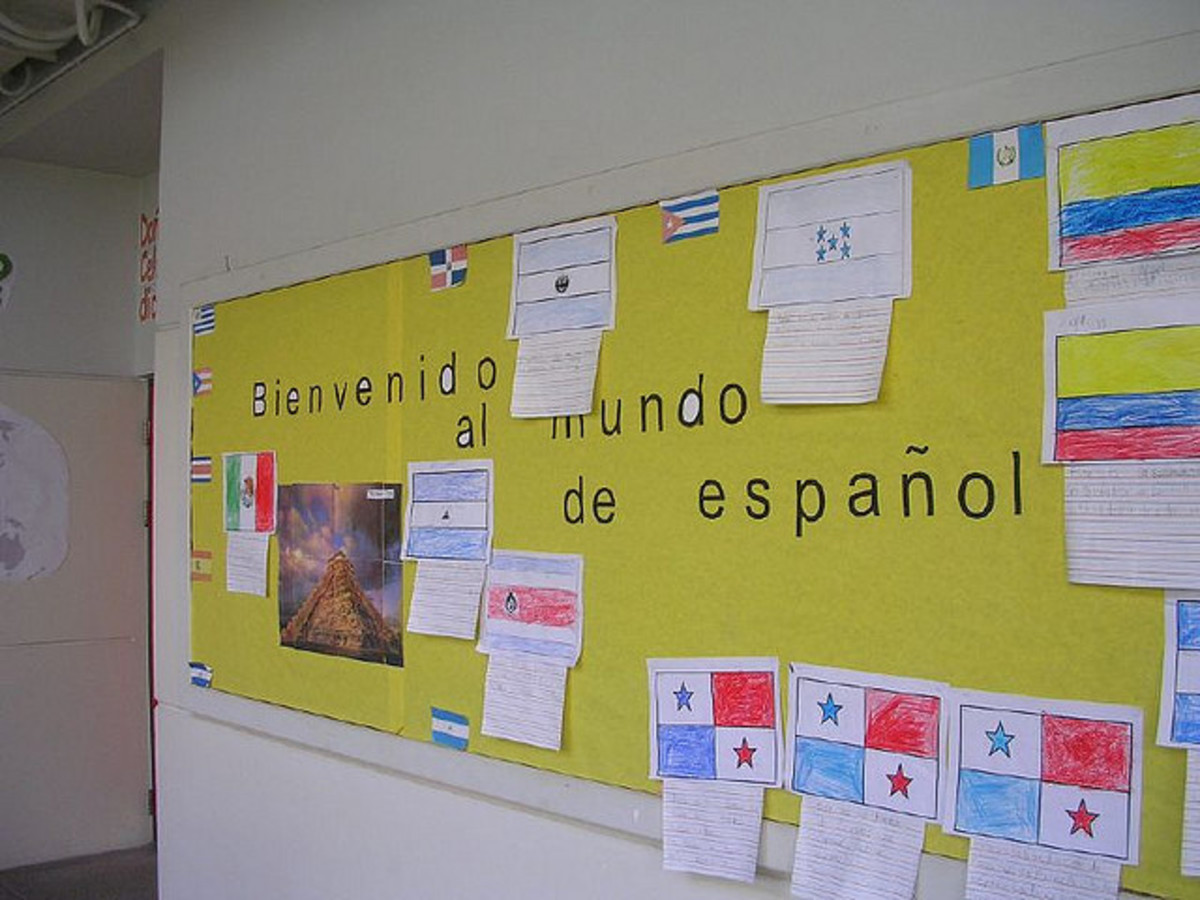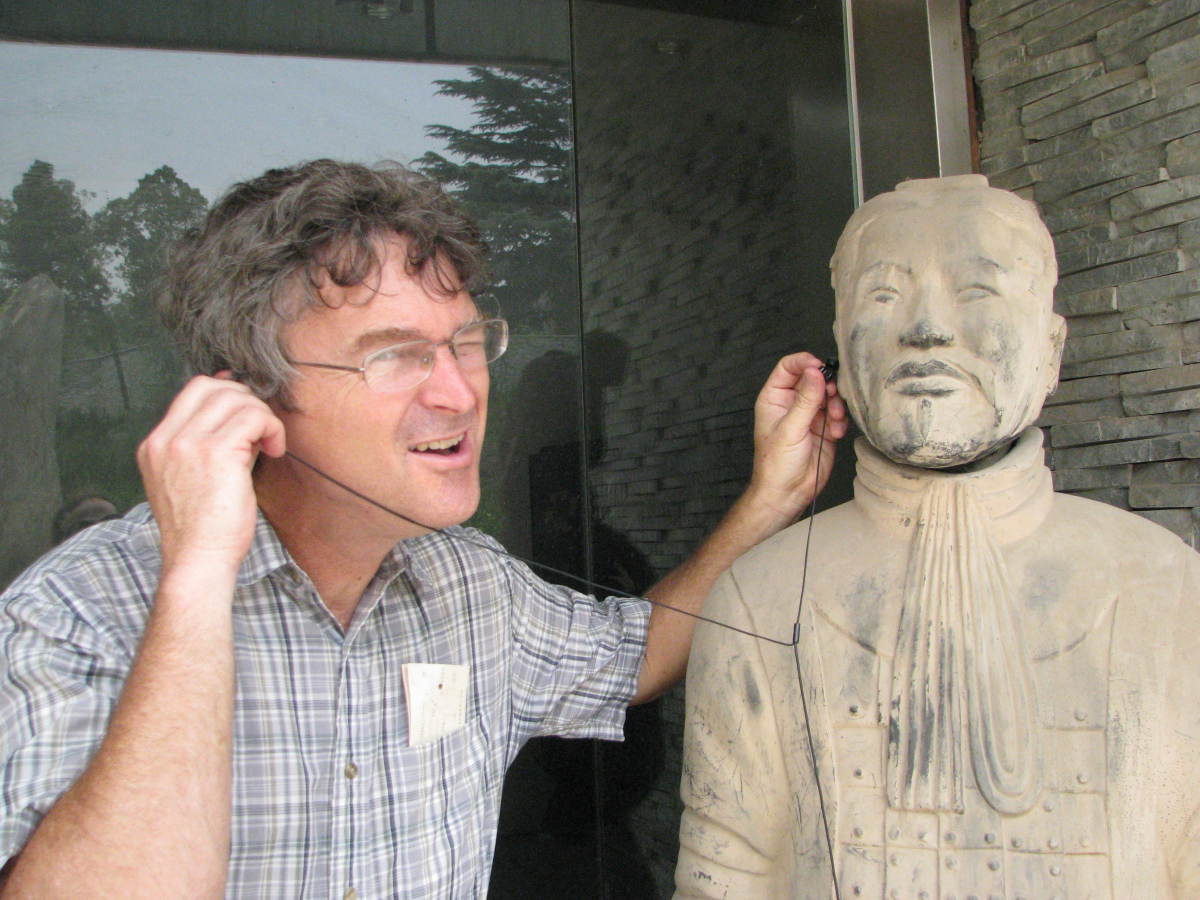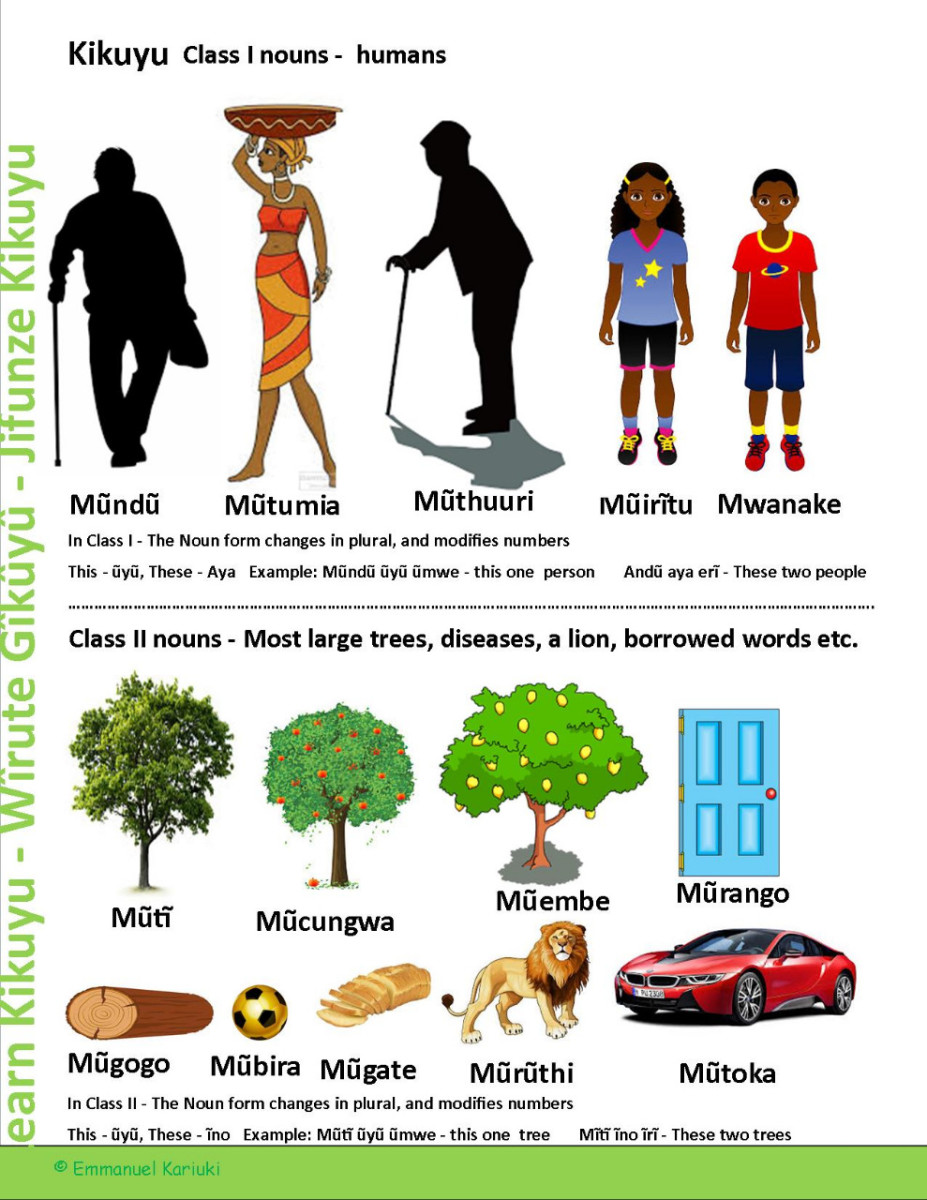How to Learn Spanish fast: Immersion, does it really work?
So you want to learn fast?
Perhaps you have been starting and stopping your Spanish studies for a while now, making resolutions at the beginning of each school year to find evening classes, or buy a new Spanish course or to read more Spanish newspapers.
Perhaps this is even a recurrent theme in your life and it is probably getting a bit boring for you now.
You need to know how your brain works
In learning any new language, you must try and emulate as closely as possible the way you learnt your first language. As an infant, you didn’t learn to speak your mother tongue - you acquired it.
Young children learn so easily

Baby stuff
The infant brain is programmed to acquire efficiently (i.e. correctly and quickly) language, as communication is essential for early survival.
However, the brain’s language acquisition cells start slowing down in early adolescence - that’s why some linguistic researchers believe that it is virtually impossible for older adult learners to become completely bilingual in another language.
However, with effort, adult learners are able to become very fluent in languages other than their own. So you can now understand that the ‘trick’ lies in simulating, as far as possible, the first language learning experience.
Forwards and backwards
Two steps forward, one step back
The best way to describe how the brain works with language is to imagine a climber scaling a rock face (perhaps that is how many of us visualize learning a new language!).
After an hour’s climb the climber stops for a rest, to sleep or to eat but his rope is slack and slowly s/he starts sliding backwards a little. The momentum has been lost and the climber slips backwards!
This same concept occurs in the brain’s language acquisition process in the time period between language classes. When the climber restarts his climb two hours later he may even spend half-an-hour regaining the height lost due to the time-lapse in his climb and loss of momentum.
Similarly, the language student needs to spend valuable time at the beginning of each new language session regaining ‘language ground’ already attained in a previous session, to be able to continue and progress from where s/he left off from the previous session.
Immersion into the centre of Málaga!

Learning the Spanish language and Immersion!
Of course language can be acquired artificially in a classroom or by listening to audio tapes, etc. but the brain’s effort is greater and so the process is slower.
How can ‘total immersion’ help?
One of the most logical solutions must be to try and achieve complete ‘immersion’ into the Spanish language to be able to learn or acquire the chosen language correctly and AND FAST in order to avoid frustration of missed goals or boredom due to slow progress. ‘Immersion’ in language learning describes the process of ‘immersing’ oneself completely, or as much as possible, among native speakers of the language desired, for a relatively short time.
For your brain this means it has not time to ‘slip back’ into the comfort zone of its usual language, where everything is cosy and completely comprehensible (But where’s the fun in that?)
Plan ahead
This is obviously going to be quite a challenge, so careful planning is necessary. Constant, or near-constant, exposure for a maximum amount of time has to be the key. In my opinion, the most efficient way for adults to acquire a second language is to research into intensive language courses in the country of their chosen language.
The ideal formula is to attend a whole morning or afternoon of structured language input (a lesson of two/three hours) supplemented by real-life language input, interacting and communicating with native speakers of the chosen language in their own culture. It is extremely beneficial to not have any exposure to one’s mother tongue during this period.
This process is best applied on a daily basis for a minimum of three/four weeks.
Why it works
This formula works because it just doesn’t give the brain an opportunity to ‘slide backwards’ and so capitalizes on all the language input received thus minimizing as far as possible the delay that mother-tongue interference would effect.
It may be disappointing for some of us who cannot afford either the time or the money to undergo an immersion course in a Spanish–speaking country, but if at all possible, this is by far the best way to harness the language.
Of course, in the long term, investing in total immersion or an intensive Spanish language course may save you money.
If you calculate how much can be spent on language learning courses, videos and lessons over several years with low return on results, i.e. not being able to speak the language as well as you would have hoped after the time and money invested, then it seems to be almost economically worthwhile to make this type of investment if you can.
Enjoy the real Spain

Where to go
There are hundreds of intensive Spanish courses offered in Spanish-speaking countries and information can be easily found on Internet.
Intensive Spanish courses are to be found in Barcelona or Madrid. Valencia or Alicante, Seville, Granada, Córdoba; if you want the big city lights. However, there are dozens of smaller but magnificent, historic cities with great cultural heritage.
You must shop around for the school that suits your specific requirements and pocket!
If you do decide on one of these types of programmes, you will not be disappointed as they can’t fail!
The experience of being immersed in another language together with its culture will be so rewarding you will never know why it took you so long to try!
Cervantes International School in Malaga
- Spanish language school Malaga, Spain, Cervantes Escuela Internacional
Book your Spanish course in Malaga at Guaranteed Lowest Price ✓ Read 5000+ Client Reviews of Cervantes Escuela Internacional and other Schools Worldwide ✓ Discounts ✓ Trust #1 Website
Anyone experienced Immersion for learning languages?
Please let me know about your experience learning a language and if you have considered taking an 'Immersion' course.








